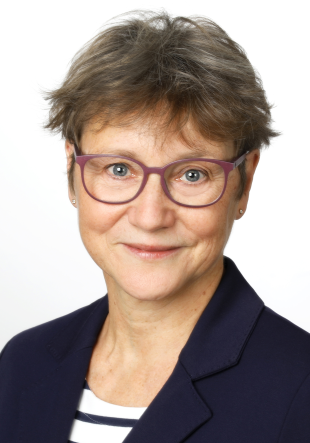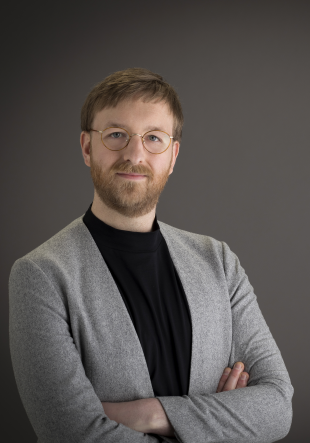QualOER: Quality assurance for the OER content on ORCA.nrw (QualOER)
Overview
The aim of the sub-project is to develop a quality assurance concept for the OER content on the state-wide platform ORCA.nrw. This addresses the fact that without a quality assurance concept, it is hardly possible for teachers and students as users of the state portal to systematically assess the quality of the teaching and learning materials in each individual case. For the conception of the model, the level of goals, processes and measures in the areas of media didactics, content, user guidance and usability as well as use and deployment are taken into account.
Project type: The project is a sub-project of the state project ORCA.nrw by the DH NRW.
Publications and conference contributions
05.10.2021 Tagung: 22. DINI-Jahrestagung „Zukunft gestalten", Onlineveranstaltung. Posterbeitrag: Qualitätssicherung als Unterstützungssystem. Poster hier online verfügbar.
08.09.2021 Tagung: Chancen und Herausforderungen der Qualitätssicherung von OER. Lightning-Talk zum Konzept Qualitätssicherung für den OER Content im Landesprotal ORCA.nrw. Vortragsfolien hier online verfügbar. Vortragsaufzeichnung hier online verfügbar.
01.04.2021 Online-Seminar: Lehre verbindet. Vortrag mit anschließender Diskussion: Konzept Qualitätssicherung für den OER Content im Landesportal ORCA.nrw. Vortragsfolien hier online verfügbar.
Objective
Define and develop a quality assurance process for the OER content on the platform that covers the different phases of the content lifecycle from creation to publication to further development as well as different types of teaching-learning material. Possible topics for quality assurance of OER content and formats are:
- Accessibility/legality: OER content is checked, for example, to ensure that it is legally unobjectionable (e.g. granting of a licence, no use of third-party content protected by copyright). This can be checked, for example, with recommendations and/or checklists for producers, for QA persons in the state portal or for users. Accessibility also includes the dimensions of accessibility and ease of use.
- Technology/usability: OER content can be checked, for example, to ensure that it works on its own in a designated software, that it can be integrated into the state portal installations, that the design is appealing, that suitable metadata is available and that the content can be used in common browsers. This point must be done in close consultation with the state portal. This can be checked, for example, with recommendations and/or checklists for producers, for QA persons in the national portal or for users. Feedback from users and the use of software for verification are also possible.
- Content: OER content is checked to ensure that it is technically correct and appropriate for the target group. This can be checked, for example, with recommendations and/or checklists for producers, for QA persons in the national portal or for users. Feedback from users is also possible.
- Didactics: OER content is checked to see whether it is didactically appropriate (e.g. coherent argumentation/sequencing, integration of interactive elements). This can be checked, for example, with recommendations and/or checklists for producers, for QA persons in the state portal or for users. Feedback from users is also possible.


